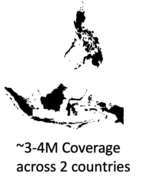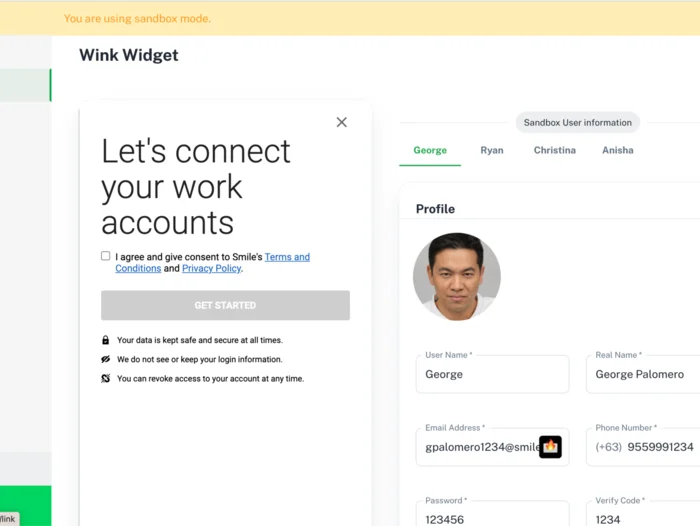It’s been barely three months since our official launch, and already we have launched dozens of improvements and refinements to our product: including a more robust API, expanded employment data coverage, additional data points, additional developer implementation resources, and enhanced end-user experience.

When we launched, our focus was clear: be the trusted source for employment and income data in Asia, with the aim of enabling financial access and inclusion. We decided to initially start with gig workers, who tend to be underserved in this regard. Starting with the Philippines, we also started expanding our coverage into other countries such as Indonesia.
Below is a summary of most notable enhancements in our product releases this quarter:
Employment Data Coverage
We have now expanded coverage to 26 employment data providers for gig workers.

Professional Services:

Transportation and Delivery:

Ecommerce Marketplaces

Disclaimer: All trademarks, trade names, company/product names, brands and logos appearing on this page are the property of their respective owners. Use of them is only for identification purposes and does not imply any association or affiliation with, or endorsement by the respective owners.
Available Data Points for Each Platform
- Identity: we support various data points related to a user’s identity in the platform. The available data varies from platform to platform, but it can include the user’s full name, gender, birthdate, contact information (phone and/or email), and address.
- Transactions: if supported on the platform, we are able to share the user’s financial transactions on the platform, including the date of the transaction, currency, amount and description. Income amounts are positive, while expense amounts are negative.
- Ratings: we have also started rolling out the performance ratings users may have received on their employment platform. This can be a great leading indicator of the stability of employment of a gig worker. Ratings include the user’s aggregate score, the maximum possible score on the platform, and a calculated percentage score to provide a uniform basis of comparison across the different platforms.
Implementation Resources
We have added the following implementation resources to make it easier for developers to get started:
- Interactive documentation, with mocking services and sample code.
- A downloadable copy of the Smile API specification following Open API standards version 3.0 in Github
- A downloadable copy of our Postman Collection in Github
- Quickstart open source code to launch and try out our Wink Widget in any web app or in a local machine (find out more about our Wink Widget below).

End-user Experience

To make it easier for users to share their data, and for API developers to get started with our API, we have provided the Wink Widget Javascript SDK. The SDK allows the easy instantiation of our Wink Widget, which is a mechanism by which users can give their consent to have this personal data collected and transmitted to you or any party they trust on their behalf. This is all done in a simple, secure and seamless way.
All of the different ways for the user to be able to successfully authenticate to their accounts, including dynamic support for the login credentials required (eg username, email, phone) on each platform, or any multi-factor authentication methods required by each platform are handled by our widget. All a developer needs to do is embed the SDK.
How to get updated
If you would like to get updated on the latest releases as they happen, simply go to our website or our change log page, and click on “Subscribe for updates.”
We have a lot more exciting new features in the works, including expanding our coverage across more markets in Asia. We also hope to add more data points that our customers have told us would benefit their business and their end-users. Also coming soon: expanding our coverage to include not just gig workers but also anyone who earns any form of income. More on that soon!





